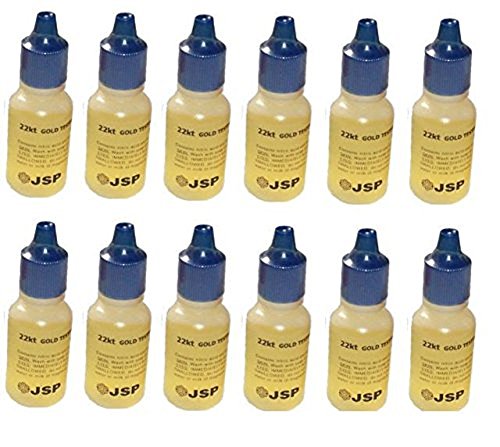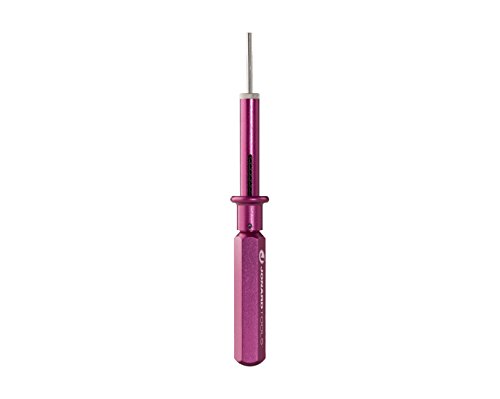Here is another experiemnt I did to demonstrate the use of chlorine gas to dissolve gold powder.
[youtube]http://www.youtube.com/watch?v=Iwvt_QHeb7o[/youtube]
The gold powder (about 2 grams) was from a previous refining using aqua regia to dissolve the inquarted gold, then sodium metabisulfite to precipitate the pure gold.
After dissolving with chlorine, I precipitated the 2 grams of gold using oxalic acid - the precipitation is not shown in this video.
This gas is no joke deadly and I don't see any way of doing this procedure without the use of a fume hood.
Even in the hood I still got a few wafts of the chlorine as I did the experiment.
kadriver
[youtube]http://www.youtube.com/watch?v=Iwvt_QHeb7o[/youtube]
The gold powder (about 2 grams) was from a previous refining using aqua regia to dissolve the inquarted gold, then sodium metabisulfite to precipitate the pure gold.
After dissolving with chlorine, I precipitated the 2 grams of gold using oxalic acid - the precipitation is not shown in this video.
This gas is no joke deadly and I don't see any way of doing this procedure without the use of a fume hood.
Even in the hood I still got a few wafts of the chlorine as I did the experiment.
kadriver











































































